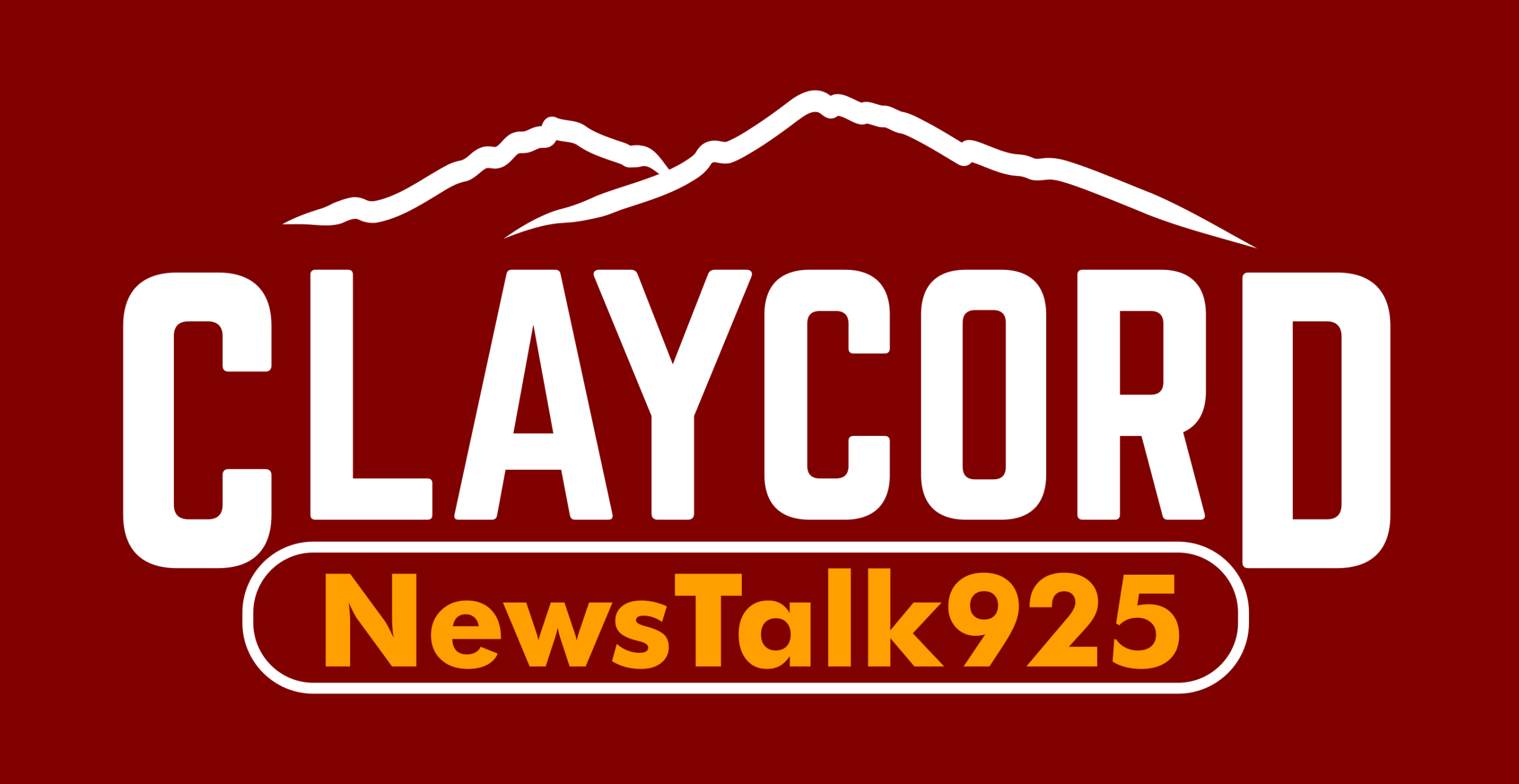The following is from BART:
BART has eliminated what was projected to be a $35 million budget deficit for the next fiscal year through various cuts and strict cost control efficiencies. The upcoming Fiscal Year 2026 Preliminary Budget Memo, to be released at the end of the month, will now show a balanced budget for the fiscal year beginning July 1st, but structural deficits of $350 million to $400 million loom in following years unless long term, stable funding sources can be identified.
“We’re getting our budget in order to the extent that we can,” said BART Board President Mark Foley. “Closing a $35 million gap is no easy task. Now that we’ve overcome the first hurdle, we’ll focus on the bigger picture of restructuring BART’s funding model for long term sustainability.”
BART was able to close the projected $35 million dollar deficit through a combination of cost controls and revenue generation.
Examples include:
Cost Controls
-A strategic hiring freeze while protecting safety and service quality
-Labor savings from reducing near term retiree healthcare costs
-Non-labor budget reductions across all departments
-Running shorter trains
-Locked-in low renewable electricity rates
-Implementation of Inspector General’s recommendations for efficiencies
Revenue Generation
-Installation of Next Generation Fare Gates to reduce fare evasion and increase ridership
-Maintaining inflation-based fare increases
-Offering new fare products like Clipper
-BayPass which is now revenue positive
-Improving transit coordination
-Growing ridership through station activations and events
-Negotiating new agreements for telecommunications revenues
Total operating expense growth in the FY26 budget is only 1% compared to inflation in the Bay Area at 2.7% over the past year and the size of workforce has been reduced from the current year due to the strategic hiring freeze. In fact, even before the recent cost cutting, BART has been able to keep its operating costs below the rate of inflation since 2019.
While BART is prioritizing high-quality and frequent service to attract more riders, overall, BART is running 100 fewer trains per week than before the pandemic.
Even with belt-tightening, BART can’t cut its way out of the crisis without causing a transit death spiral. That is because rail has high fixed costs to maintain infrastructure and low marginal costs driven by changes in service.
For example, when BART closed at 9pm and reduced frequencies during the height of the pandemic, it represented a 40% cut in service, but it only reduced operating costs by 12%. Even a 90% cut in service (9pm closure, one-hour frequencies, and running only three of the five BART lines) would close less than half of the FY27 $376 million deficit.


This is known as the “Trickle Down Effect”
With DOGE on the horizon, its simply a proactive measure to try and get off the radar of waste and abuse.
Who’s next I wonder?
So… if they can do this then why do we need Weiner’s sales tax crap proposal.
https://sfstandard.com/2025/03/24/bart-muni-sales-tax/
Cuts that should have been taking all along … but shorter trains? The committed to going back to10 car trains after covid but never did … this is like cutting the police & fire dept….. and what savings is that? the train operator is still present and more riders is more revenue?
My observation is that pre-pandemic there was no available parking for a several block radius around BART stations. Nowadays, BART’s parking lots and garages sit nearly empty and there is zero overflow into the surrounding neighborhoods. I assume the primary ridership was people who drove to CC county stations from much further out and then used BART to bypass the traffic gridlock and expense of driving to and parking in San Francisco and Oakland.
.
I assume that pre-pandemic that BART was primarily delivering commuters to San Francisco and Oakland. Do those jobs still exist and are they still on site? Why are the Contra Costa County BART parking lots nearly empty?
.
That makes me curious as BART should have the station by station data for the number of riders that originate and exit at each station per year. Has that data ever been made public? While it would be a lot of data BART should also have the station by station data for the final destination for rides originating at each station.
.
BART should also have station by station data on the parking lot revenue for each year. Is that data public?
.
Now that BART seems to have switched to Clipper cards they should also have data on where the riders live. Is that data public? For example, they should know how many riders are from Brentwood and which BART stations they tend to use. I know it’s still possible to be somewhat anonymous but I suspect anyone who pays for a ride using cash gets extra scrutiny by the identification systems that are prevalent these days.
WC Resident,
.
You might be able to find the information that you’re looking for here:
.
https://www.bart.gov/about/reports/ridership
Don’t be fooled. BART is trying to put on a good face because the MTC is putting a big tax measure on the ballot in 2026 for transportation. BART is one of the poorest run transit systems I’ve ever used with respect to rider service, including running on time, frequency of trains, and delays from system breakdowns. They haven’t gained back nearly any riders after COVID because they have done nothing to improve those services while increasing fares. It can take a couple of hours to run an errand using BART or multiple hours trying to return from an event, both of which would take a third of the time to complete by car, even in traffic. Wanna commute from North Concord to the Embarcadero for your job? It will cost you $14.90 per day and the ride itself will take over an hour each way – no more taxes to fund this BS. Improve services to accommodate riding customers because we are no longer enslaved to your poor treatment of those of us who pay lots already, including on our property taxes.
What Hope said! “BART” & “efficiency” in the same sentence?
Recent Email from David Crane (Govern for California)
Dear California State Lawmakers,
I am a proud Clipper Card carrier who rides BART and SF MUNI — and also I’m a taxpayer, so I write to you today about SB 63, which proposes a tax increase for public transit.
In 2019, BART served 128 million boardings with 3.985 employees on whom BART spent $557 million.
In 2024, BART served 55 million boardings with 4.292 employees on whom BART spent $734 million.
I.e., between 2019 and 2024, BART’s boardings fell 57 percent yet staffing grew and annual payments to employees rose an astounding 32 percent. That’s a big problem because payments to employees now amount to $171,000 per employee, up from $140,000 in 2019, and constitute 54 percent of BART’s net operating expenses.
Employee productivity at BART is poor and moving in the wrong direction. Before you ask taxpayers for more money for transit agencies, you must require transit agencies to dramatically improve employee productivity. I know that frightens you because of the political power of public employee unions but public transit is a public good that must be run for the benefit of the public. If you stand tall and together, you can prevail.
David Crane
President
The parking permits needed so people could park in their own neighborhood near Bart ,so that the city could ticket the overflow is no longer a source of income for the city.Bart is now a multi billion dollar joke that was upgraded,and nobody uses it.When my father rode Bart in the 70’s and 80’s to SF at 6:00 am it was standing room only going there and coming back.Now its a homeless camp with a few suits trying to ignore it.Way back then you didnt see the ho-bums till you got into downtown SF.